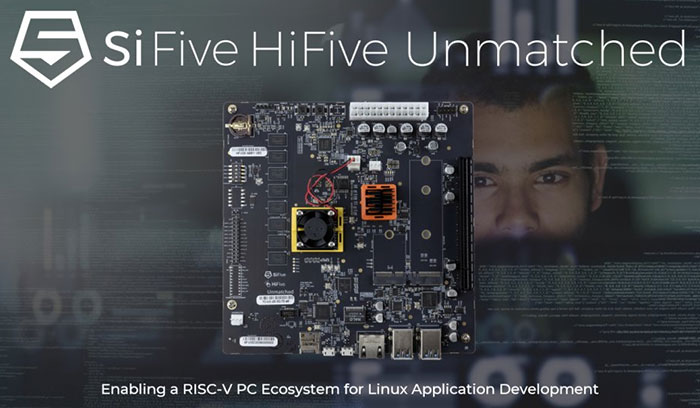There are reports from heavyweight news sources, including Reuters and Bloomberg, indicating that Intel is pondering over making an offer to buyout SiFive. You might not have heard of the latter company, but it is a tech startup considered to be the leading designer of chips based on the open source RISC-V architecture. Several of the creators of RISC-V work at SiFive. Moreover, Intel, Qualcomm and SK hynix have already shown faith in SiFive via significant investments, and it is estimated that the firm is worth approx US$2bn.
Currently, SiFive operates on a business model similar to Arm, in that it sells chip designs which are adopted by others, and fabricated by others before integration into devices. One key difference is that RISC-V is open source, through there is still plenty of scope for SiFive to innovate with custom optimised RISC-V designs which it can sell.

The acquisition of SiFive would give Intel "a library of intellectual property it could use both in its own chips and that it could offer to license to future customers as it works to build a business by opening up its chip factories to outsiders," reasoned the Reuters report. Remember, during the IDM 2.0 and related announcements, new Intel CEO Pat Gelsinger outlined plans to open up Intel chip factories for all sorts of chip designs as part of its contract manufacturing business. SiFive officially noted this Intel initiative and said it was on board, back in March.
Another benefit of a SiFive acquisition for Intel would be that Chris Lattner - a prominent Silicon Valley computer scientist behind Apple's Swift programming language, Google Brain, and Google TensorFlow - works for the startup.
It will be interesting to see if Intel does put up the $2bn offer, as tipped by insiders. If it becomes official, we will likely get statements from both parties outlining the reasons the deal is a good one, and how Intel and SiFive will work together in the coming months / years.






